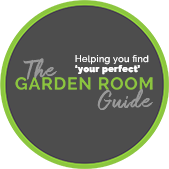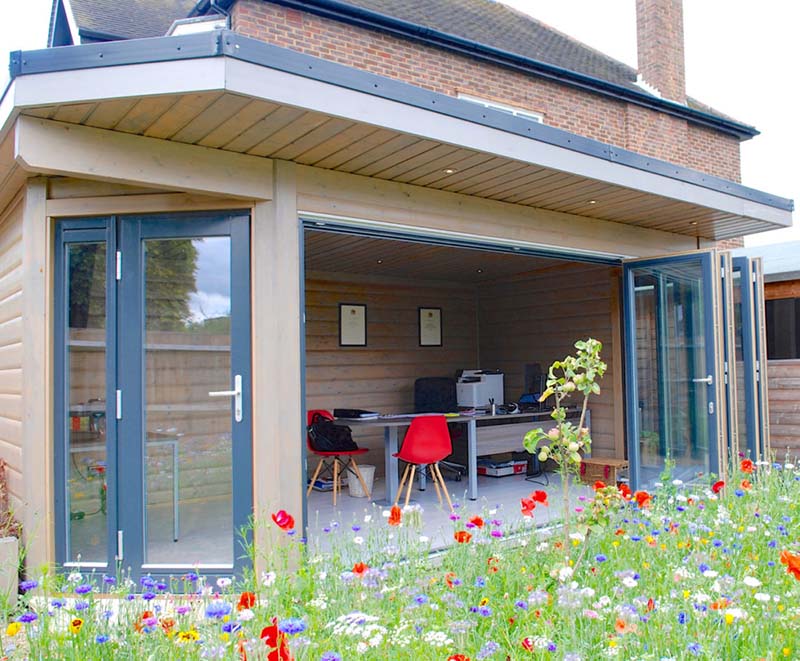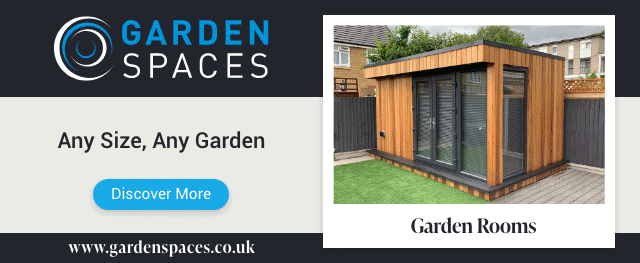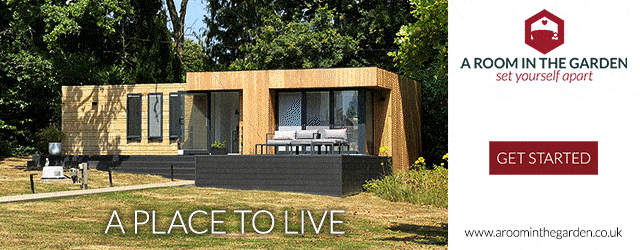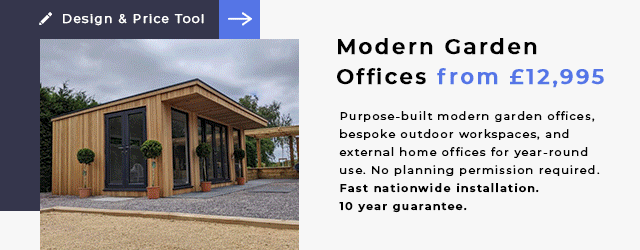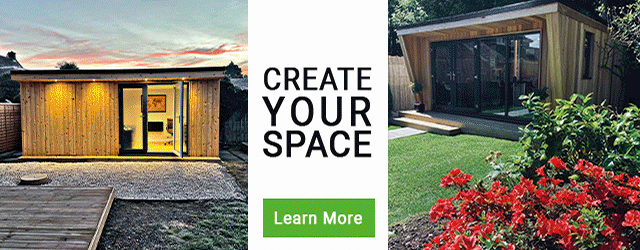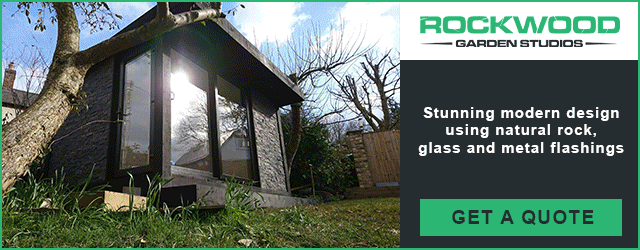With working from home becoming the new normal for many of us, the Norwegian Log team share with us 8 tips to remain productive in your garden office:
With a large proportion of us now working from home due to the current climate, it’s important to create a workspace that helps you to remain productive, whilst keeping your ‘home’ and ‘work’ life separate...
Furnish for success
While it might be tempting to fill your new home office with some common creatures comforts, your back will be more grateful for an ergonomic desk and chair that allows for movement around your work station. Make sure your desk and chair are configured for you. To get the right posture, your feet should be flat on the floor and your thighs parallel, with your arms at right angles and your eyes level with the top of the computer screen. You could even check out a standing desk, as used by Norwegian Log’s Managing Director, Nick Forrester!
Dress for the Office
It’s not just your environment that needs to be in ‘work mode’, studies have shown that office attire signals to your brain that it’s time for work, and helps you feel more authoritative and focused. If you could use an extra productivity boost in your home office, why not try a Superman t-shirt on for size. A study at University of Hertfordshire showed that people believed they were more confident, and stronger, when they donned the signature superhero attire!
Work to a Schedule
Hidden away in the comfort of one of our garden rooms, it could be easy to work through your lunch break, so set yourself a manageable time frame for work – depending on when you like to start your day – and stick to it. Psychologists suggest working as soon as you get out of bed is counterproductive and, instead, you should add in a ‘fake commute’ (in this case a little walk around your garden) to help wake you up for the day. According to the Health and Safety Executive (HSE), risks associated with working from home come from repetitive work and awkward postures for long periods, so set timers to remind you to take breaks.
Keep your workplace tidy
A messy workspace equals a messy mind! According to scientific research, overflowing in-trays and cluttered office spaces can reduce our ability to focus and process information. In a spacious Garden Room, there’s no need to scrimp on storage, we can design internal walls for extra shelving. By adding a filing cabinet, desk tidy or something as simple as a pen holder, you can keep everything within easy reach.
Colour is key
Colour is proven to have a massive effect on work mood and productivity, with strong, bright colours thought to have to most positive impact in workspaces. With our comprehensive range of garden office building customisation options, we can offer a wide choice of internal and even external colour finishes. Go for a blue tone for productivity, and orange and yellow for creativity. Green is also thought to improve concentration, so add in some plants!
Light up your work life
Studies have shown that access to natural light when you are working promotes positive feelings and heightened efficiency. With a choice of double glazed central French doors, versatile bi-fold doors or a full glass front, your garden office will feel bright and natural – but we can also fit integrated glass blinds for privacy and glare reduction on sunny days. Add a cool light (white bulb) desktop lamp rather than a warm light (yellow bulb) for improved concentration and brighten your screen in a bright room to reduce eye strain.
Sense success
Smell can play a big part in our mood, and in the summer the wafting aromas of the garden through your cabin’s bi-fold doors are sure to keep you motivated! And in an office constructed in solid log, you can be treated all-year round to the natural scent of wood – something our customers list highly on why they love our buildings. Did you know scientists at Kyoto University found the popular Japanese pastime of Shinrin-yoku, or forest-air bathing, significantly lowered people’s stress levels, so much so they recommended forests should be viewed as therapeutic landscapes? Check out our blog on this topic here.
